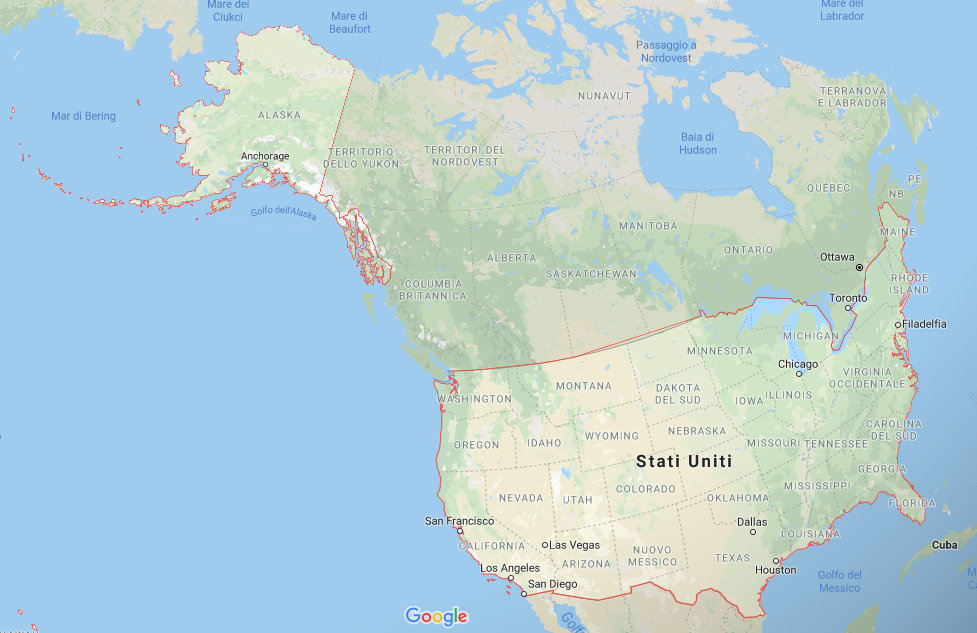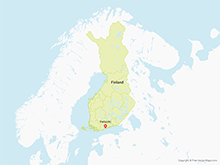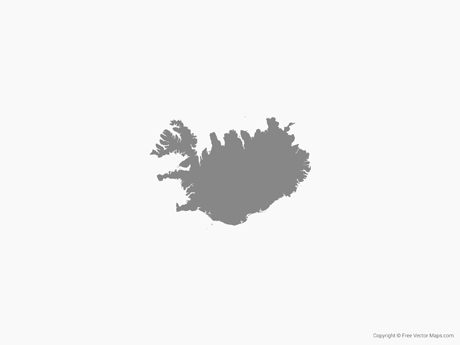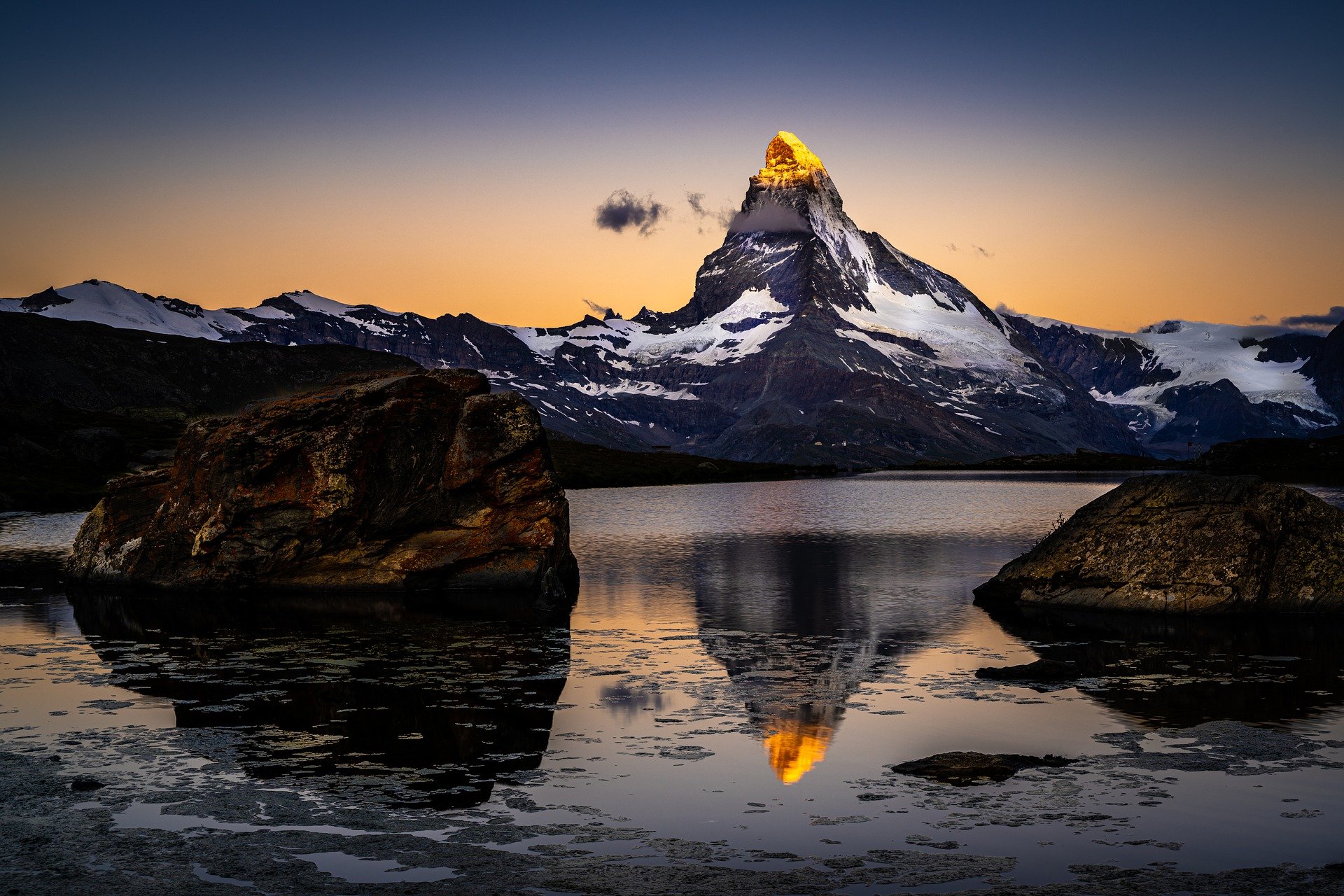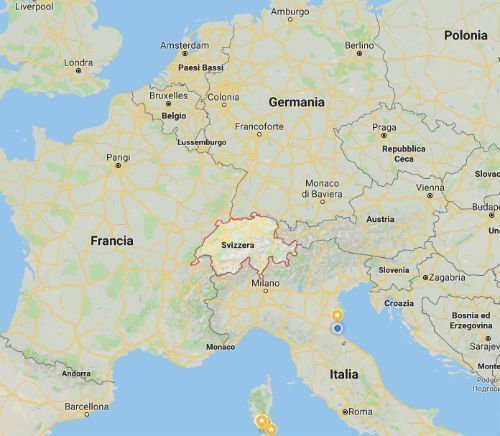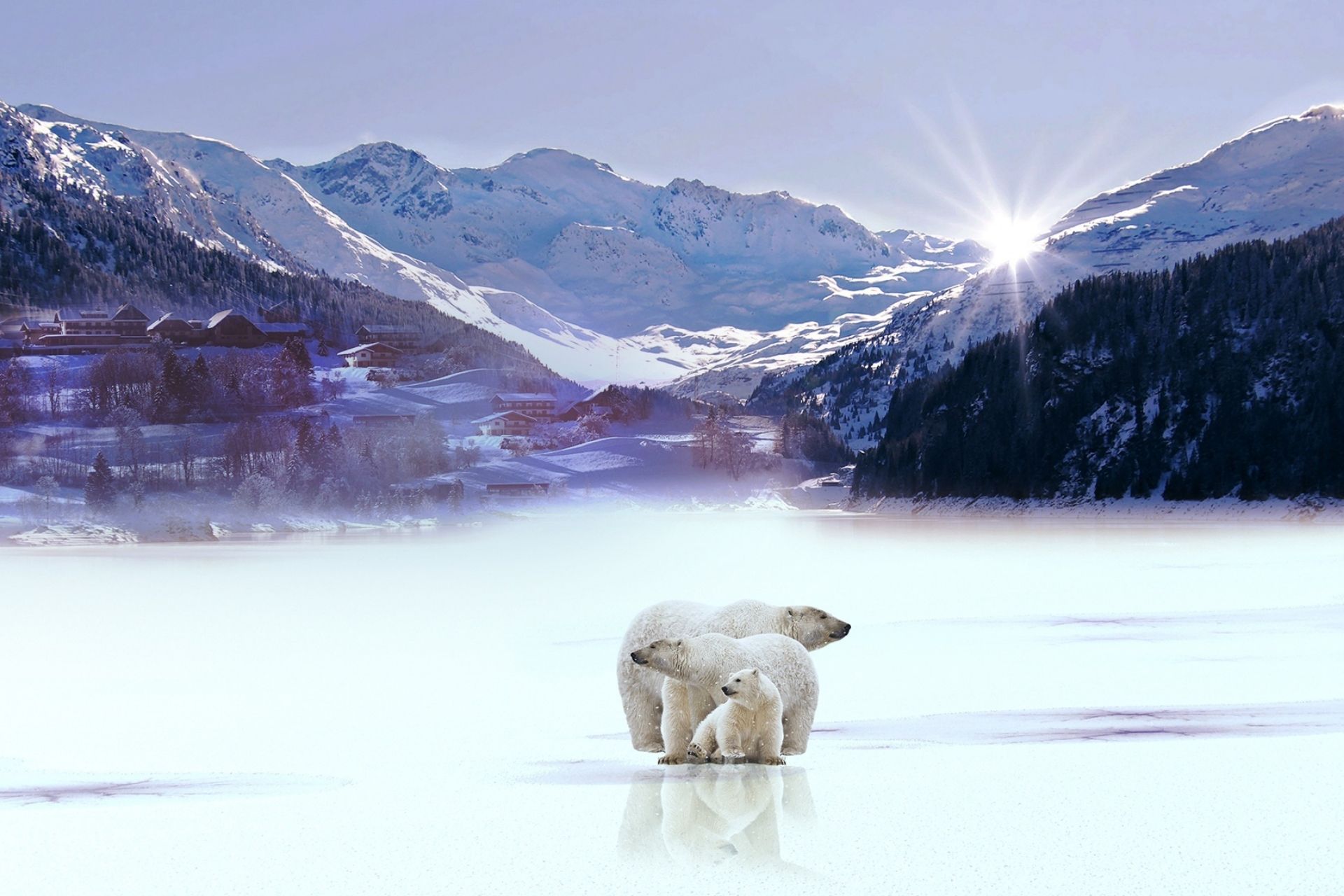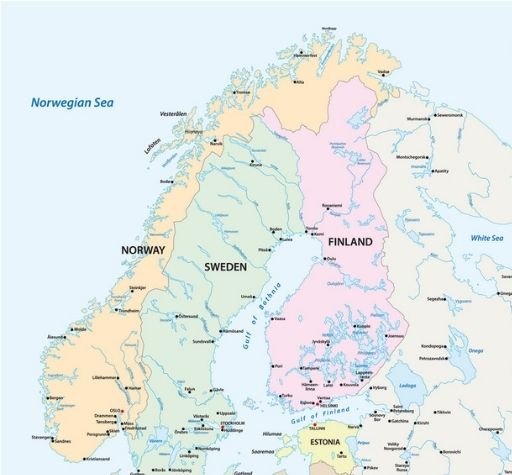Snowshoeing
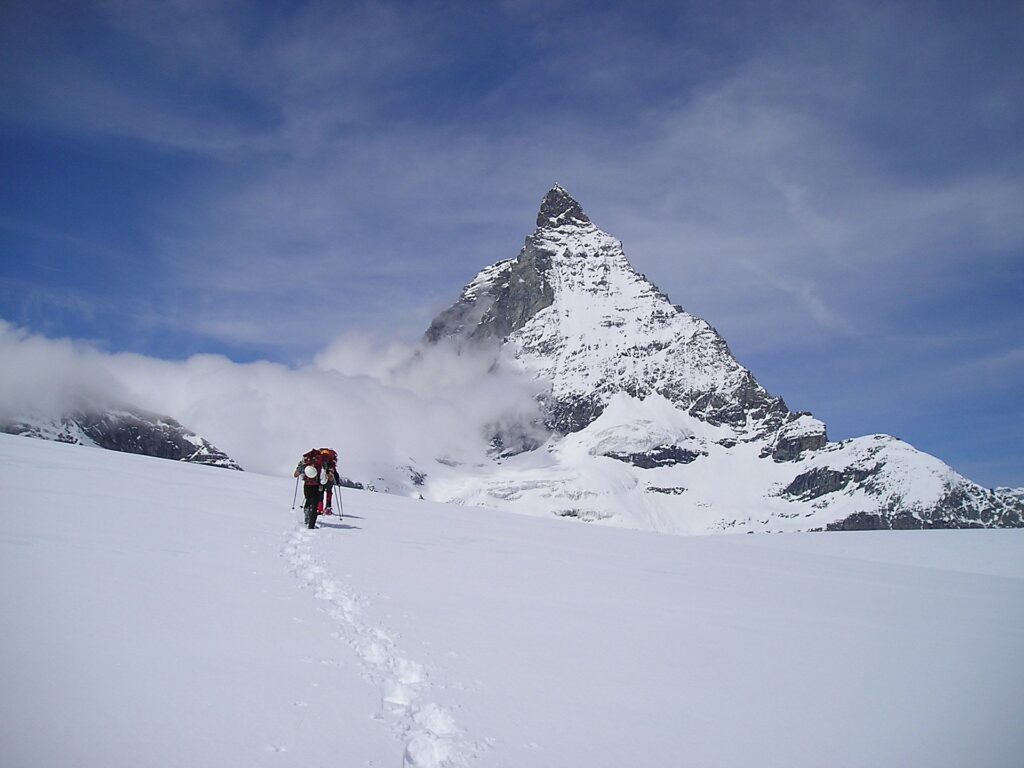
Snowshoes are the best way to immerse yourself in nature, walking in the woods, on the snow that muffles every sound.
Snowshoeing has become one of the most popular winter sports, even for those who love trekking.
HOW IT WORKS
Snowshoes are tools that you attach under the mountain boots and allow you to walk on fresh snow without sinking and without slipping if the snow is hard.
The snowshoes are fastened to the boots, first through a binding, adjustable according to the length of the foot, and then with a strap.
To facilitate the walk, you can use sticks, similar to those used in skiing, which help in pushing.
Once you have put on your snowshoes, start walking with short and wide steps, in order not to cross your snowshoes.
WHEN and WHERE to GO
There are many excursions you can do with snowshoes on your feet.
They range from mountain roads and easy paths to more challenging routes. The difficulty also depends on the slope of the route and the snow conditions.
The most evocative environment is certainly the woods, but also open spaces, with the magnificent view of the mountains will make you appreciate a walk with snowshoes on your feet.
Snowshoeing at night then, in the moonlight when there is a full moon, are crazy!
Some itineraries that we suggest you not to miss:
The one that crosses the Val di Mello, in Lombardy, characterized by granite slabs.
Or in Piedmont, the path that connects the Devero Alp to the Lago delle Streghe (witches lake).
Also, the route that goes from San Candido to Sesto Pusteria, in the Trentino Dolomites, passing through the “way of meditation” up to a small church in the middle of the woods.
Of course, there must be enough snow to snowshoeing.
Contact us for a personalized itinerary with the best guides.
DOCUMENTS AND REQUIREMENTS
Snowshoeing is an activity accessible to everyone and does not require special skills.
Some routes may require more physical effort.
The commitment is about 40/50% more than the same route in the summer.
Fatigue is because we always sink a little and the low temperature requires more work on our body (and greater consumption of calories !!)
RECOMMENDED CLOTHING and EQUIPMENT
Since snowshoes are used in the middle of … the snow, it is good to have adequate clothing to protect both from low temperatures and humidity.
As always, we recommend onion-shaped clothing, starting with a thermal shirt and ending with a water and windproof jacket.
Hat, gloves, scarf, lipstick, sunscreen and sunglasses complete the outfit.
But let’s get to the technical part:
° Mountain boots, waterproof, possibly with high ankle, to protect the ankles. Most snowshoes are equipped with universal bindings, on which all types of boots can be attached. Moon boots, après-ski and snowboard boots are not suitable because they are not rigid.
° Waterproof trousers or waterproof covers or gaiters (tubular waterproof canvas, which tie around the calf and also protect the front of the boot). You will not get wet for sure, although you will be constantly in the snow. The only “cons”: waterproof fabrics are not normally breathable, so you risk sweating a lot. Absolutely not recommended jeans and velvet trousers.
° Trekking socks, in synthetic material, which do not make the foot sweat but keep warm. I would avoid wool socks.



